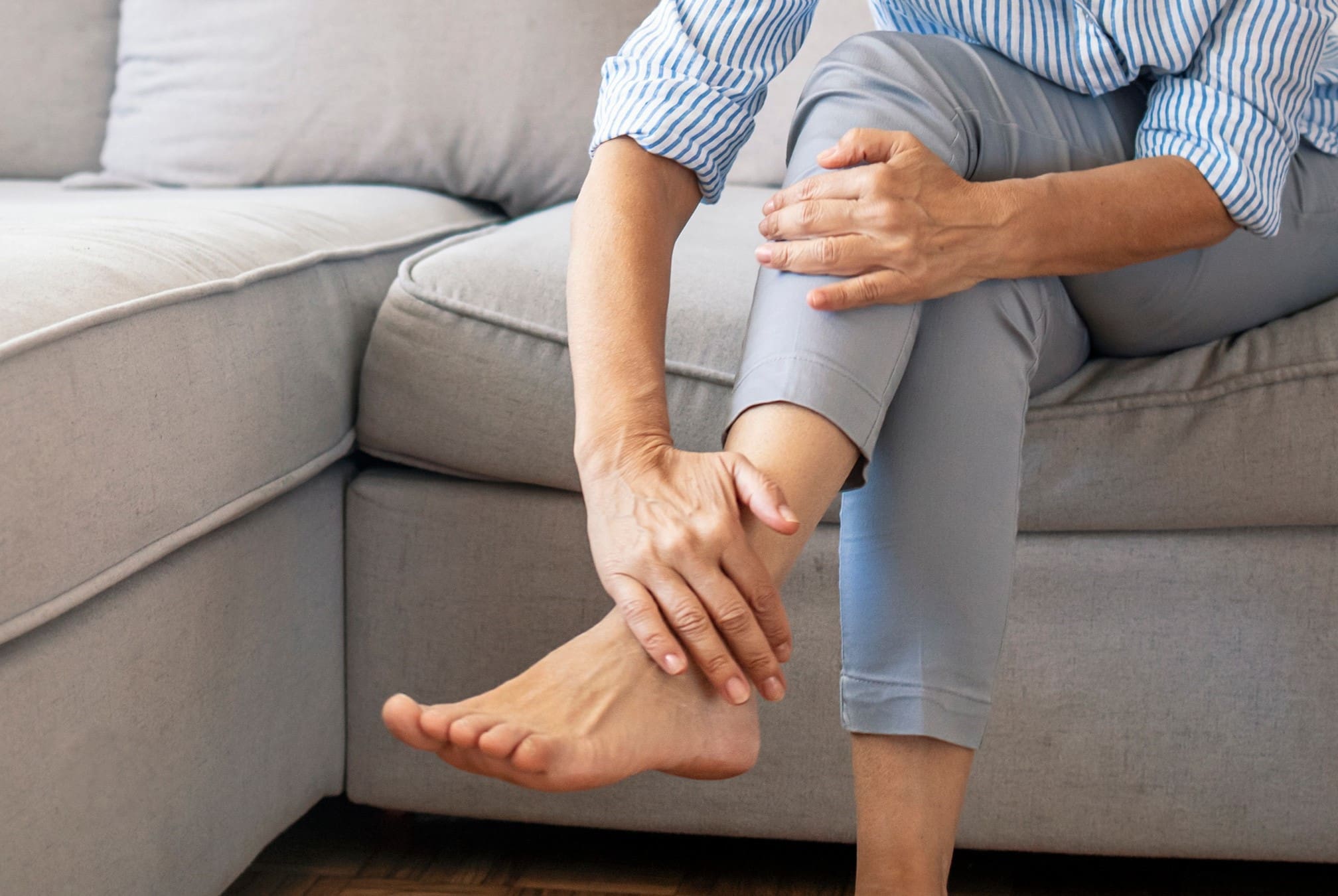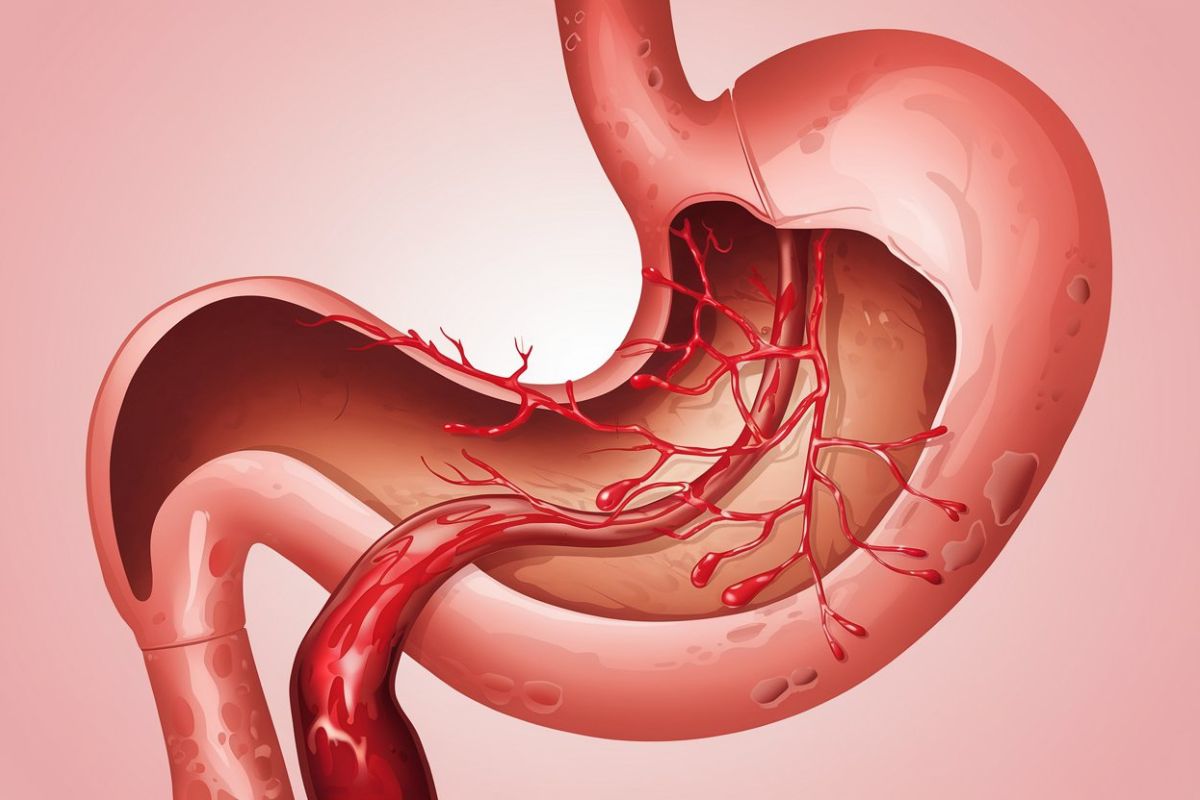
What is Löfgren Syndrome? Löfgren Syndrome, first described by Swedish Professor Sven Löfgren in 1952, is a specific form of sarcoidosis. This condition is known for its sudden onset and unique symptoms, including fever, swollen lymph nodes in the chest, painful red lumps on the skin, and joint pain. It primarily affects young to middle-aged adults, with a higher prevalence in women. While more common in European Caucasians, it is rare in other populations. Most cases resolve on their own within a few months to two years, but some may require treatment with anti-inflammatory drugs or corticosteroids. Understanding Löfgren Syndrome helps in managing its symptoms effectively.
Key Takeaways:
- Löfgren Syndrome is a rare form of sarcoidosis with distinct symptoms, affecting mostly young women. It often resolves on its own within 6 months to 2 years, but close monitoring is essential for potential relapse.
- Environmental and genetic factors play a role in Löfgren Syndrome, which presents with joint symptoms, skin conditions, and uveitis. Treatment involves NSAIDs and corticosteroids, with most patients experiencing favorable outcomes.
What is Löfgren Syndrome?
Löfgren Syndrome, also known as acute sarcoidosis, is a unique form of sarcoidosis. It has a sudden onset and distinct symptoms. Here are some key facts about this condition.
-
Definition and History
Löfgren Syndrome was first described by Swedish Professor of Medicine Sven Löfgren in 1952. It is a clinically distinct phenotype of sarcoidosis, involving hilar lymphadenopathy, joint symptoms, and fever. -
Clinical Features
The syndrome typically presents with an acute onset of symptoms, which may include fever, bilateral hilar lymphadenopathy, erythema nodosum, polyarthritis, uveitis, parotitis, facial palsy, and other skin conditions. -
Demographics
Löfgren Syndrome is more common in European Caucasians, particularly in Sweden and the Netherlands. It is less common in the UK and the US, where it constitutes only 0.9% and 0.7% of sarcoidosis cases, respectively. It is extremely rare in Asia. -
Age and Gender
The syndrome typically affects young to middle-aged individuals, with a mean age of onset around 35 years. There is a strong female predominance, with women being more frequently affected than men. The condition is more common in women, with a female-to-male ratio of approximately 70%. -
Seasonality
Löfgren Syndrome often presents during the spring months in the northern hemisphere. This seasonal variation is not fully understood but may be related to environmental factors.
Risk Factors and Symptoms
Understanding the risk factors and symptoms can help in early detection and management of Löfgren Syndrome.
-
Risk Factors
Several risk factors have been identified for Löfgren Syndrome, including genetic factors like the association with human leukocyte antigen (HLA)-DRB1 alleles, particularly HLA-DRB1*03, which is a strong marker for a good prognosis. -
Environmental Factors
While the exact environmental triggers are unknown, there may be a link to certain chemicals or environmental exposures. -
Symptoms in Men and Women
The manifestations of Löfgren Syndrome differ according to sex. Erythema nodosum is predominantly found in women, while arthropathy/arthritis is more common in men.
Diagnosis and Differential Diagnosis
Diagnosing Löfgren Syndrome involves recognizing its unique symptoms and distinguishing it from other conditions.
-
Differential Diagnosis
Löfgren Syndrome needs to be distinguished from other causes of erythema nodosum, such as infections (e.g., Streptococcus spp., tuberculosis), drugs, inflammatory bowel disease, non-Hodgkin's lymphoma, and Behçet's disease. -
Hilar Lymphadenopathy
Lymphoma, tuberculosis, and lung cancer need to be excluded, particularly where lymphadenopathy is not symmetrical. -
Diagnosis
The diagnosis of Löfgren Syndrome is primarily clinical, based on the presence of characteristic symptoms. However, confirmation often involves chest X-ray, biopsy, and blood tests.
Treatment and Prognosis
Treatment options and prognosis for Löfgren Syndrome are generally favorable, with most patients experiencing spontaneous remission.
-
Treatment
Most patients with Löfgren Syndrome are treated with nonsteroidal anti-inflammatory drugs (NSAIDs) to reduce discomfort and inflammation. Other drugs occasionally used include corticosteroids for more severe cases. Compression socks can reduce swelling and discomfort of erythema nodosum. -
Prognosis
The prognosis for Löfgren Syndrome is generally good, with most patients experiencing spontaneous remission within 6 months to 2 years. The condition is self-limiting, and chronic disease is unlikely. However, some cases may require the use of steroids and immunosuppressors to achieve remission. -
Recurrence and Relapse
While the majority of patients recover completely, there is a possibility of recurrence or relapse. Close monitoring and follow-up are essential, especially in cases with hepatic or hematologic involvement.
Epidemiology and Pathophysiology
Exploring the epidemiology and pathophysiology of Löfgren Syndrome can provide insights into its causes and development.
-
Epidemiology
Löfgren Syndrome is relatively rare, occurring mostly in European Caucasians. It is less common in the UK and the US, where it constitutes a small percentage of sarcoidosis cases. The exact incidence is not well-defined, but it is clear that it is more frequent in certain populations. -
Pathophysiology
The exact cause of Löfgren Syndrome remains unknown. It is believed to result from an interaction between an unidentified environmental trigger and a genetically susceptible host. The involvement of specific genetic polymorphisms, such as those in the CR2 gene on chromosome 3, is being investigated. -
Clinical Course
The clinical course of Löfgren Syndrome typically involves an acute onset of symptoms, followed by a gradual resolution over several months. The condition is characterized by its acute presentation and spontaneous remission, although some cases may require medical intervention.
Management and Complications
Effective management and awareness of potential complications are crucial for patients with Löfgren Syndrome.
-
Management
Management of Löfgren Syndrome primarily involves symptomatic treatment with NSAIDs and, in some cases, corticosteroids. Compression therapy may also be used to manage erythema nodosum. The goal is to reduce inflammation and alleviate symptoms until the condition resolves spontaneously. -
Complications
While Löfgren Syndrome is generally self-limiting, there are potential complications to consider. Organ involvement, such as hepatic or hematologic involvement, may require more aggressive treatment. Recurrence is another potential complication, necessitating close monitoring.
Dermatological, Respiratory, and Ophthalmological Aspects
Löfgren Syndrome can affect various parts of the body, requiring a multidisciplinary approach to management.
-
Dermatological Aspects
Patients with Löfgren Syndrome may present to a dermatologist due to the skin manifestations, such as erythema nodosum. Biopsy of erythema nodosum reveals septal panniculitis, which is characteristic of this condition. -
Respiratory Aspects
The respiratory symptoms, including bilateral hilar lymphadenopathy, are often managed by respiratory physicians. Chest X-rays are crucial for diagnosing the condition and monitoring its resolution. -
Ophthalmological Aspects
Uveitis, an inflammatory condition of the eyes, may require ophthalmological evaluation. The presence of uveitis is an important diagnostic clue for Löfgren Syndrome.
Rheumatological Aspects and General Practice
Joint symptoms and the role of general practitioners are important in the management of Löfgren Syndrome.
-
Rheumatological Aspects
Polyarthritis and other joint symptoms are managed by rheumatologists. The condition often presents with painful and swollen joints, particularly affecting the ankles. -
General Practice
Given the variety of possible symptoms, patients with Löfgren Syndrome may initially present to a general practitioner. Early recognition and referral to a specialist are crucial for accurate diagnosis and management.
Prognostic Factors and Treatment Outcomes
Several factors influence the prognosis and treatment outcomes for patients with Löfgren Syndrome.
-
Prognostic Factors
Several prognostic factors have been identified, including HLA-DRB1*03, age, and sex. Younger patients and women generally have a better prognosis. -
Treatment Outcomes
The treatment outcomes for Löfgren Syndrome are generally favorable. Most patients experience complete resolution of symptoms within 6 months to 2 years. However, some cases may require longer treatment with corticosteroids or immunosuppressors to achieve remission.
Recurrence Prevention and Case Studies
Preventing recurrence and learning from case studies can improve the management of Löfgren Syndrome.
-
Recurrence Prevention
While spontaneous remission is common, there is a possibility of recurrence. Preventive measures include regular follow-up and monitoring for signs of recurrence. Early intervention with immunomodulatory therapies may be necessary to manage recurrence. -
Case Series and Studies
Several case series and studies have been conducted to better understand Löfgren Syndrome. These studies highlight the variability in presentation and the need for personalized treatment approaches. A comprehensive review of these studies emphasizes the importance of close monitoring and follow-up.
Lack of Predictors and Global Perspective
Despite extensive research, there is still much to learn about Löfgren Syndrome.
-
Lack of Predictors
Despite extensive research, there is still a lack of predictors that can infer the need for therapy in patients with Löfgren Syndrome. Further studies are needed to identify reliable predictors of prognosis and the need for early immunotherapy. -
Global Perspective
Löfgren Syndrome is a global condition, but its prevalence varies significantly across different populations. It is more common in European Caucasians and less common in other ethnic groups. Understanding the global epidemiology is crucial for developing targeted treatment strategies.
Final Thoughts on Löfgren Syndrome
Löfgren syndrome, a unique form of sarcoidosis, stands out due to its acute onset and specific symptoms like fever, bilateral hilar lymphadenopathy, and erythema nodosum. Affecting mostly young to middle-aged European Caucasians, it shows a strong female predominance and often appears in spring. Diagnosis hinges on clinical features, chest X-rays, and sometimes biopsies. Treatment usually involves NSAIDs, with corticosteroids reserved for severe cases. Most patients experience spontaneous remission within 6 months to 2 years, though recurrence is possible. Genetic factors, especially HLA-DRB1*03, play a significant role in prognosis. Despite its rarity, understanding Löfgren syndrome is crucial for timely diagnosis and effective management. Future research should focus on uncovering environmental triggers and developing predictive models for therapy needs. Regular follow-up ensures early intervention, improving patient outcomes.
Frequently Asked Questions
Was this page helpful?
Our commitment to delivering trustworthy and engaging content is at the heart of what we do. Each fact on our site is contributed by real users like you, bringing a wealth of diverse insights and information. To ensure the highest standards of accuracy and reliability, our dedicated editors meticulously review each submission. This process guarantees that the facts we share are not only fascinating but also credible. Trust in our commitment to quality and authenticity as you explore and learn with us.


